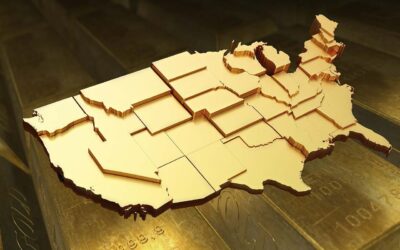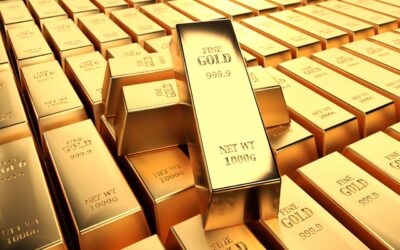GOLD REFINING VIDEO:
Have you ever asked, How is pure gold made and refined? Get the full history and ‘making of’ info right here!
Where does all Earth’s gold come from?
During the formation of Earth, molten iron sank to its centre to make the core. This took with it the vast majority of the planet’s precious metals — such as gold and platinum. In fact, there are enough precious metals in the core to cover the entire surface of Earth with a four-meter thick layer.
All of the gold found on Earth came from the debris of dead stars. As the Earth formed, heavy elements such as iron and gold sank toward the planet’s core. If no other event had occurred, there would be no gold in the Earth’s crust. But, around 4 billion years ago, Earth was bombarded by asteroid impacts. These impacts stirred the deeper layers of the planet and forced some gold into the mantle and crust.
How is Gold Refined?
The two gold refining methods most commonly employed to derive pure gold are: the Miller process and the Wohlwill process.
The Miller process uses gaseous chlorine to extract impurities when gold is at melting point; impurities separate into a layer on the surface of the molten purified gold. The Miller process is rapid and simple, but it produces gold of only about 99.5 percent purity.
The Wohlwill process increases purity to about 99.99 percent by electrolysis. In this process, a casting of impure gold is lowered into an electrolyte solution of hydrochloric acid and gold chloride. Under the influence of an electric current, the gold migrates to a negatively charged electrode (cathode), where it is restored to a highly pure metallic state, leaving the impurities as a separate solution or residue.
info courtesy of World Gold Council



